Optimal Timing for French Drain Installation
French drain installations are most effective when performed under optimal weather conditions. Proper timing ensures the soil is neither too wet nor too dry, facilitating easier installation and better drainage performance. The ideal seasons typically include late spring and early fall, when soil moisture levels are moderate.
Spring offers moderate soil moisture and milder weather, making it suitable for excavation and installation work.
Fall provides cooler temperatures and less rain, which can reduce installation delays and soil disturbance.
High summer temperatures can cause soil to be too dry and hard, complicating digging. Winter installations are often hindered by frozen ground and snow.
Consistent rainfall and moderate temperatures are ideal for ensuring proper soil conditions during installation.
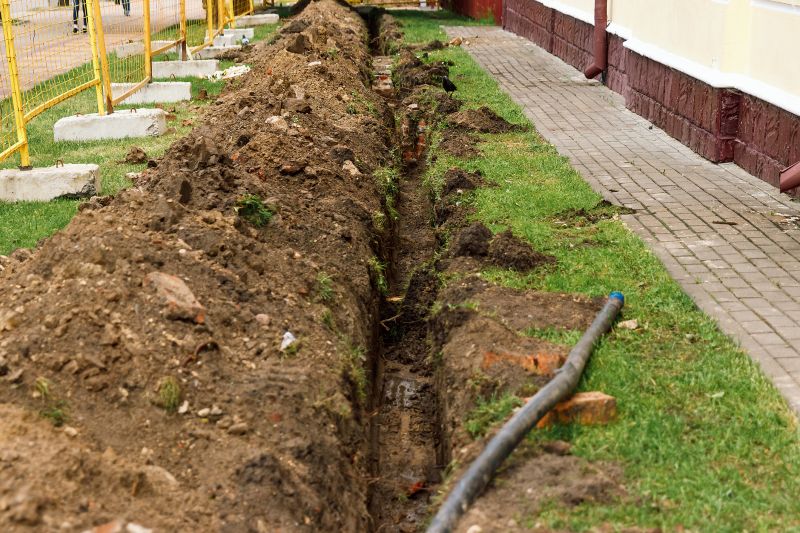
Proper ground preparation during spring enhances drain effectiveness.
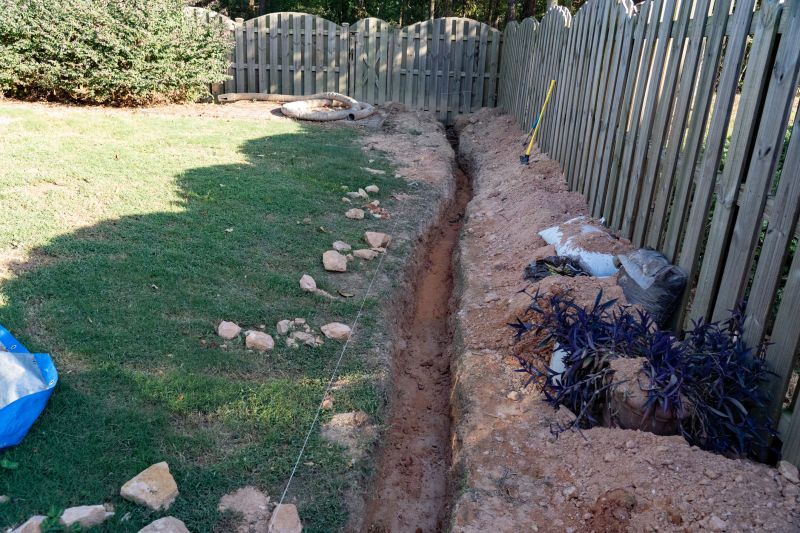
Optimal soil conditions in fall facilitate installation without excessive moisture.
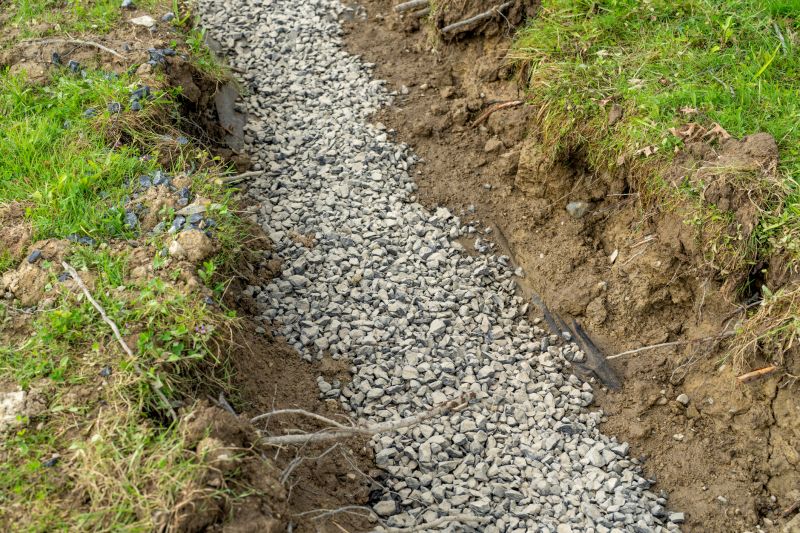
Weather conditions impact installation timing and success.

Ways to make French Drain Installations work in tight or awkward layouts.

Popular materials for French Drain Installations and why they hold up over time.
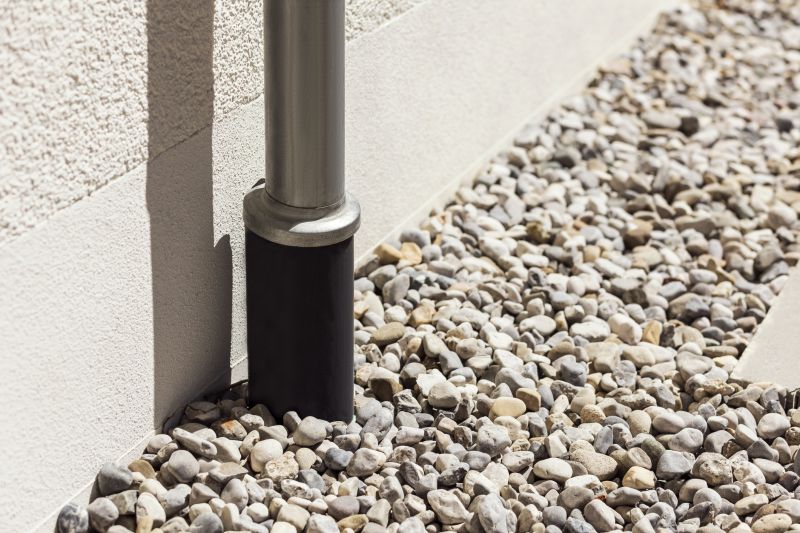
Simple add-ons that improve French Drain Installations without blowing the budget.
French drain systems are designed to redirect excess water away from properties, preventing water accumulation and potential damage. They consist of perforated pipes surrounded by gravel, installed underground to channel water efficiently. Proper installation timing ensures the soil is in the best condition for digging and backfilling, which contributes to the longevity and performance of the drainage system.
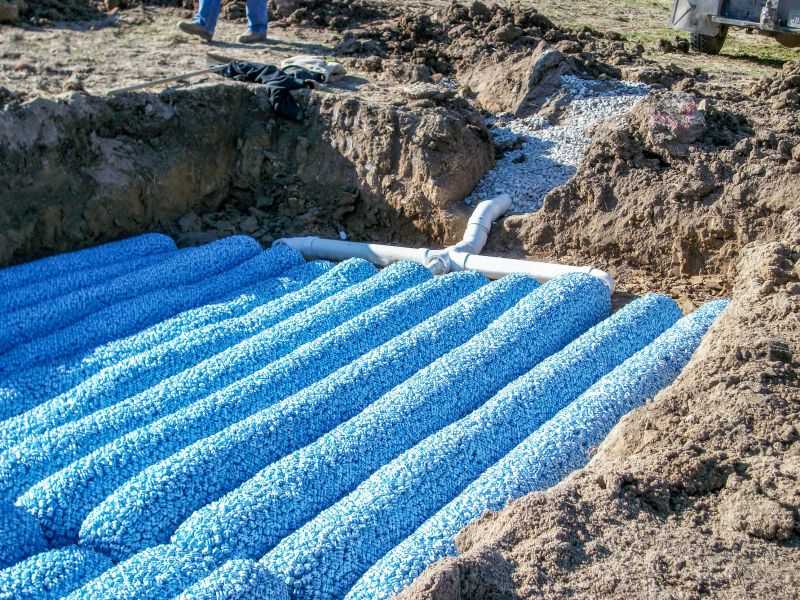
Timely installation reduces soil compaction and ensures effective water flow.
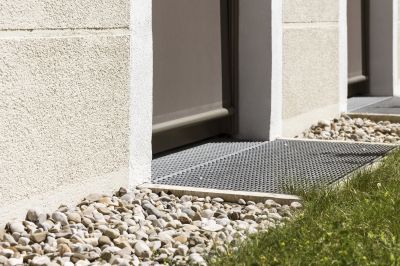
Preparing soil during optimal seasons improves drainage outcomes.

Properly timed installation results in reliable water management.

Seasonal timing affects long-term system maintenance needs.
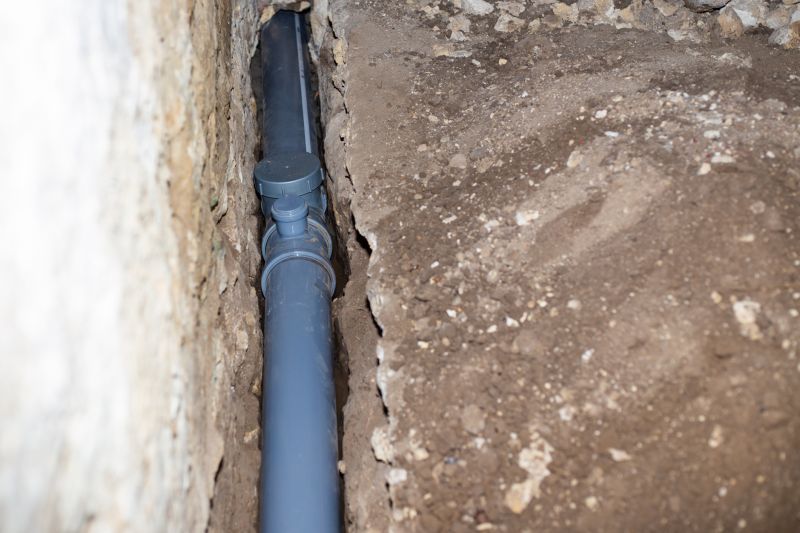
High-end options that actually feel worth it for French Drain Installations.
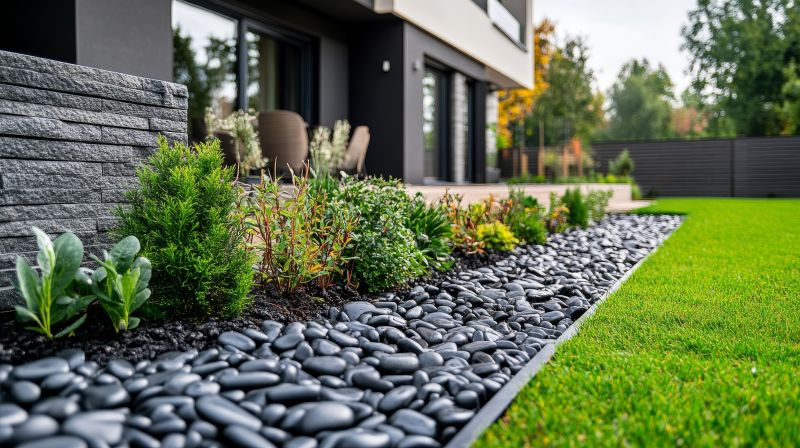
Finishes and colors that play nicely with French Drain Installations.
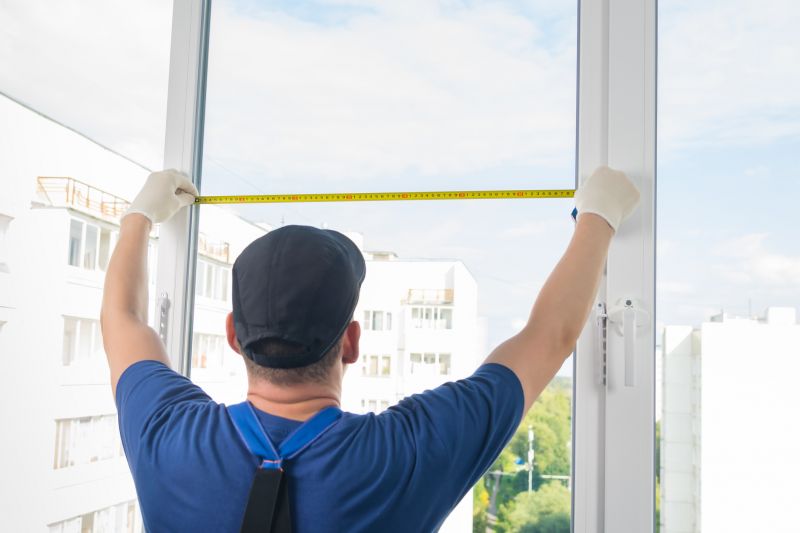
Little measurements that prevent headaches on French Drain Installations day.
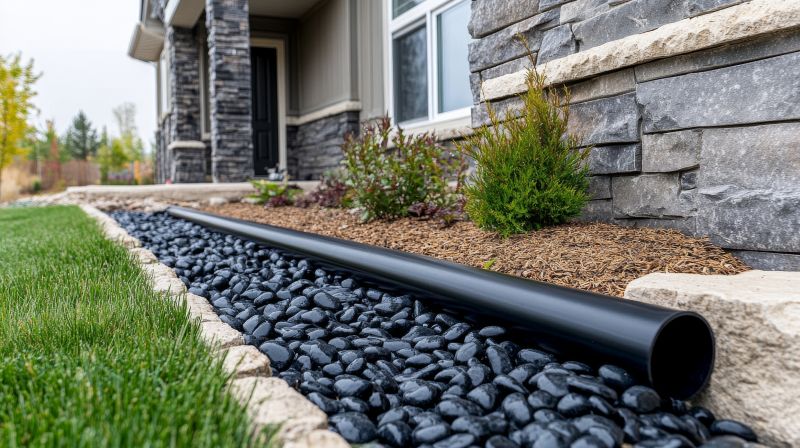
A 60-second routine that keeps French Drain Installations looking new.
| Season | Ideal Conditions |
|---|---|
| Spring | Moderate soil moisture, milder temperatures, less rain |
| Summer | High temperatures, dry soil, increased difficulty |
| Fall | Cooler weather, less rain, optimal soil moisture |
| Winter | Frozen ground, snow, unsuitable for installation |
| Late Spring/Early Fall | Optimal for installation due to balanced conditions |
Choosing the right time for French drain installation can enhance performance and reduce potential delays. Proper planning around seasonal weather patterns ensures the drainage system functions effectively, preventing water-related issues and preserving property integrity. Consulting with drainage specialists can provide tailored advice based on local climate conditions.

Properly timed installation ensures efficient water diversion.

Soil moisture and temperature influence installation success.
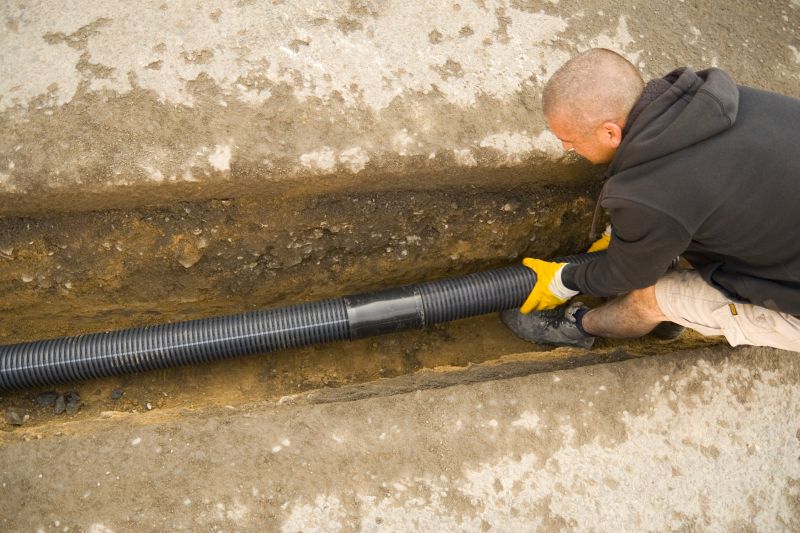
Timely work results in effective drainage solutions.

Seasonal timing impacts long-term system upkeep.
Interested in installing a French drain system at the optimal time? Filling out the contact form can provide guidance tailored to specific property conditions and local climate patterns, helping ensure the installation is performed when it will be most effective.



